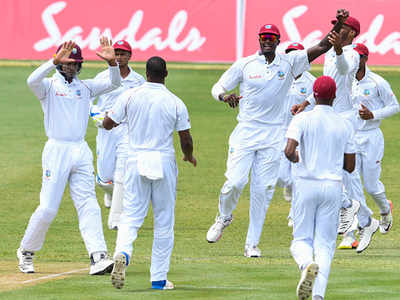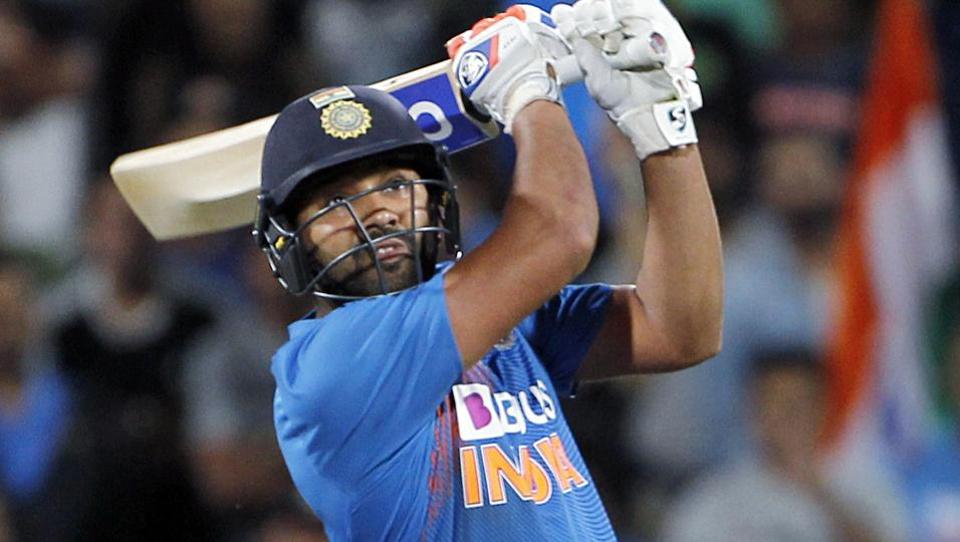
The ICC Cricket Committee makes recommendations on cricket playing issues to the Chief Executives’ Committee (CEC) and, if it is a policy matter, the ICC Board for approval and comprises representatives of many stakeholder groups involved in the modern game, including players, umpires and the media, and is chaired by former India captain Anil Kumble.
The following were the major issues discussed by the ICC Cricket Committee:
Test cricket: Day / Night Test matches were discussed at length. The Cricket Committee also received a report from the MCC on the 4-day First Class match played with pink balls in Abu Dhabi in March, and viewed the condition of the balls used in that match. As a result of the discussions, there will be a strong recommendation from the Cricket Committee to Member countries that they should identify opportunities to play Test matches that extend into the evening hours. There was also discussion on the concept of 4-day Test cricket, and while the committee was not of the view that Tests should be shorter than 5-days, it acknowledged that the game will need to be open to considering proposals in the future that look to enhance the public appeal of cricket’s oldest format.
Balance between Bat and Ball: A general discussion took place about the balance between bat and ball, particularly in the limited-overs formats, with concern that the balance had shifted too far in favour of batsmen. The areas of discussion were:
(i) The size of bats – the ICC will not introduce a regulation about the size of bats, but it will provide input on this issue to the MCC through the consultation process ahead of the re-drafting of the Laws of Cricket in 2017.
(ii) The committee reiterated its previous edict that boundaries at international venues needed to be set-up to the maximum size at each venue.
(iii) The ICC will consult with ball manufacturers to see whether the characteristics of the ball, particularly the size and durability of the white-ball seam, could be altered to shift the balance between bat and ball.
ODI Playing Conditions: The committee reviewed the ODI playing conditions as it usually does immediately after each Cricket World Cup, acknowledging the attractive and attacking brand of cricket that was played during the tournament, and the impact that some of the changes to playing conditions in 2011 and 2012 had on the style of cricket played. It also felt that there were times towards the end of an ODI innings that bowlers and fielding captains appeared to have limited defensive options available to them. The committee was also conscious that the playing regulations should be kept as simple as possible, and changes kept to a minimum. The Cricket Committee will recommend to the Chief Executives Committee that there should be three changes to the ODI fielding restrictions;
(i) The requirement to have two compulsory catchers in the first 10 overs be removed.
(ii) The batting powerplay be removed.
(iii) That 5 fieldsmen be allowed outside the circle from overs 41-50 (previously 4 fieldsmen outside the circle during this period).
This means that for the first 10 overs there will be two fielders outside the circle, for the next 30 overs there will be four fielders out and for the last 10 overs there will be five outside the circle. The committee was very encouraged by some of the attacking captaincy displayed during the World Cup, and believes these changes will allow fielding captains greater freedom to both attack and defend when required.
ICC Playing Conditions: There was discussion on the calling of No balls, and particularly the delay caused and reviewing on the fall of a wicket. The committee asked ICC to investigate ways in which No balls can be reviewed quickly upon the fall of a wicket, to ensure there are no delays to the batsman leaving the field.
The committee recommended that all “No balls” in ODI and T20I cricket should result in a free hit, rather than just “foot fault” No balls.
Code of Conduct: The committee supported the stronger stance being taken against inappropriate player behavior, and was concerned at the increasing number of “send-offs”. It also encouraged referees to apply suspensions rather than fines, more specifically for repeat offenders and for the more serious offences such as physical contact. There was also strong support for the current practice of suspending captains for over rate breaches, as there were again concerns expressed about the pace of play in international matches.
Use of Technology: There was a discussion on the performance of DRS and the use of technology in umpiring. The committee’s approach to reviewing and simplifying the DRS is firstly to independently test the performance of the technologies that are used today, and once the results are known, to fully review the DRS protocols and procedures. The ICC has engaged engineers from the Field Intelligence Lab at the Massachusetts Institute of Technology (MIT) in Boston to oversee the testing, which is expected to take place in the second half of 2015.
Illegal Bowling Actions: The committee was very pleased with the progress made over the previous 12 months to reduce the number of bowlers in international cricket with suspect actions. Dr Craig Ranson presented on the results of the testing over the past 12 months, and that the network of five ICC – accredited testing centres saw over 100 bowlers tested in 9 months, meaning Member countries are starting to deal with issue more effectively at domestic level, before players reach the international level.
Helmet Safety: Dr. Ranson also presented on helmet safety, particularly the development of the new British Standard for cricket helmets, and the increasing number of manufacturers that now make helmets that are certified to this new standard. Whilst the committee did not believe the wearing of helmets should be mandatory at international level, they did strongly recommend that all helmets worn by international players should be certified to this new British Standard (BS7928:2013).
The Cricket Committee’s remit is to discuss cricket-playing matters and to make recommendations to the ICC Chief Executives’ Committee and the ICC Board that will meet in Barbados during the ICC’s annual conference week, from 22-26 June.
The Chairman of the ICC Cricket Committee, Anil Kumble, said: “We have enjoyed two very productive days of meetings in which the committee discussed a wide range of issues affecting the global game through practical examples and illustrations.
“Overall it was an extremely positive ‘think-tank’ in which each of the representatives contributed to some robust discussions across the board. I would like to thank all those who added their vast input and experience over the course of the meetings and in making recommendations for the next series of Board meetings in June.”
By: BCCI







